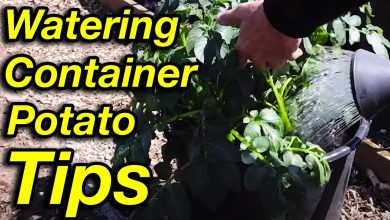School garden in China: Shangzhuang middle school
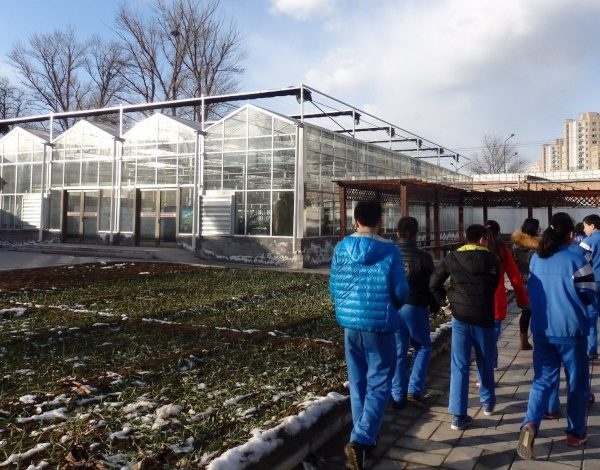
Today I will tell you about a huge and very well set up greenhouse and school garden in the « Shangzhuang middle school» school, on the outskirts of Beijing.
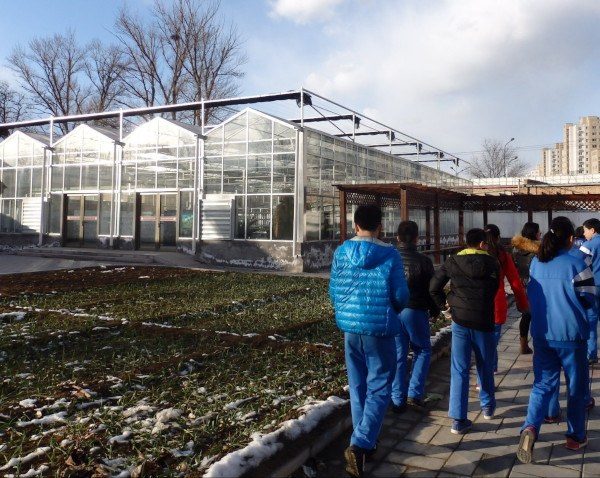
Finding urban gardens here in Beijing was proving to be a bit difficult for us… (I already told you why in the post Searching for urban gardens in China: an adventure), but in these last two weeks we have managed to see interesting things: the Sanyuanli Community garden Garden, and today this wonderful school garden.
In this post I will tell you how our visit to this school went (in which children from 12 to 14 years old study), and what the facilities are like where they teach them to sow, transplant or techniques such as grafting or hydroponic cultivation,
Our visit to Shangzhuang Middle School
The first thing we did was tell the children what we were doing there and why we are interested in Urban Agriculture and, in this case, in school gardens.
In Agrohuerto we have already talked about the benefits of school gardens, but they, despite having a large greenhouse in their own center, were not very clear about it. So we had to tell him, of course!

We asked them if they knew what Urban Agriculture or Ecological Agriculture was and they looked at us as if they had never heard those words in their life… So we gave them a short presentation telling them about the different types of urban gardens that there are, showing them photos and videos of what we have seen in Madrid, London and here in China, and explaining what Organic Farming is and some of the most typical techniques, such as compost or integrated pest control.
It seems that they were quite excited about the topic and about our visit (they are not very used to seeing Westerners and they kept looking at us and smiling), they even asked us some questions about composting and about ant infestations in the garden. So we were delighted to see that the search for a school garden had been worth it

When we finished, a teacher from the center also made a presentation telling us about the activities they did at school and, specifically, talking about the greenhouse and the orchard.
After the presentations, a great group photo with the children and… let’s see the greenhouses!!
How is it and how is it grown in this school garden
The truth is that we have been very shocked to see such large greenhouses inside a school. The facilities were immense: the large greenhouse that you see at the bottom of the photo, several terraces outside (like the ones where you can see the garlic, half frozen by the snowfall that fell a few days ago), a shed with tools, and a smaller greenhouse where they have small seedlings that are then transplanted into the large greenhouse.
But the most surprising of all was that in this school garden they are up to date with the latest techniques: they have a lot of hydroponic crops.

The children, as you can see in the photo on the left, learn how to transplant the small plants to the polystyrene plates where they grow in hydroponics. They hold roots in a kind of sponge and then insert it into the Styrofoam, which floats on the liquid nutrient solution below. In this case they were transplanting celery.
They also have this other type of hydroponic farming (right). In it, the nutrient solution circulates through that kind of pipes, where the roots of the plants are inserted, cabbage in this case.

But not only did they have hydroponic crops, they also learn to grow in pots and containers with different substrates. This time there is no nutrient solution that can serve as irrigation, so they had drip irrigation systems installed (the little black tubes that you see in the photo are the drippers). In the photos below you can see a kind of planters with vegetables and also pots with strawberries.
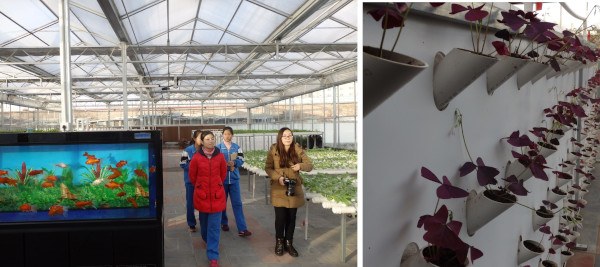
As you can see, in this school garden they had a lot of things: cabbages, celery, onions, spring onions, lettuce, carrots, strawberries… They even had a small vertical garden with a very showy ornamental: the Oxalis triangularis or «butterfly plant». For having… they even had a fish tank inside the large greenhouse hahaha. As I have already told you, in addition to the large one, they have another smaller greenhouse (below) where they plant the plants that are then transferred to the hydroponic systems and to the planters of the large greenhouse.
Why is this project interesting?
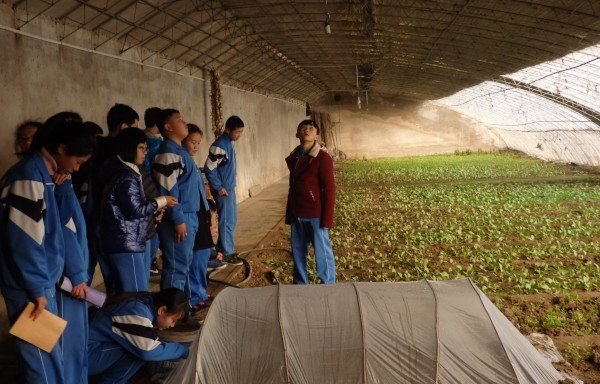
On our visit, we had time to talk to this group of students (ages 13 and 14) about their experience in the school garden. They told us that they work on it two or three times a semester, and that they like it a lot because they can learn while they are outdoors, not in a classroom;and because they really enjoy seeing how the plants grow from one time to another.
The teacher explained to us that it is a very good activity for them because they reaffirm what they have learned in science subjects such as biology; and that they also become familiar with systems such as hydroponics, drip irrigation or grafting, which other children who do not have these facilities in their schools will probably not have heard of.
Well… as you may have seen, our visit has been a complete success and we have been able to learn a lot of things, as well as having really enjoyed seeing that the children were interested in the subject. This will probably be our last adventure here in China (for the moment…) but we will continue to tell you about crops, pests and Organic Farming. Cheers!

![Photo of Plant Zucchini: Complete Guide [Images + Step by Step]](https://www.complete-gardening.com/wp-content/uploads/2022/08/plant-zucchini-complete-guide-images-step-by-step-390x220.jpg)
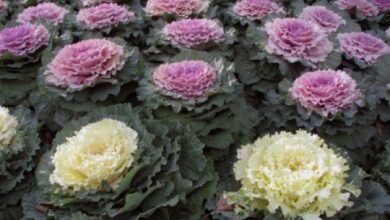
![Photo of Hanging Plants: [Planting, Care, Examples, Irrigation and Images]](https://www.complete-gardening.com/wp-content/uploads/2022/08/2_Lobelia-300x225-1-300x220.jpg)
